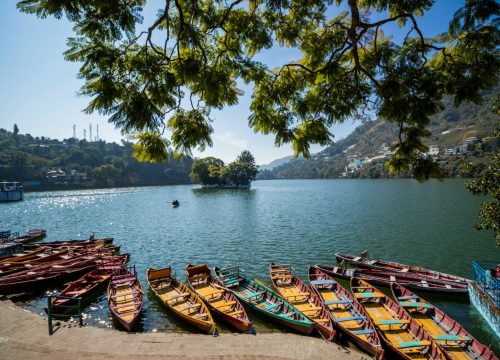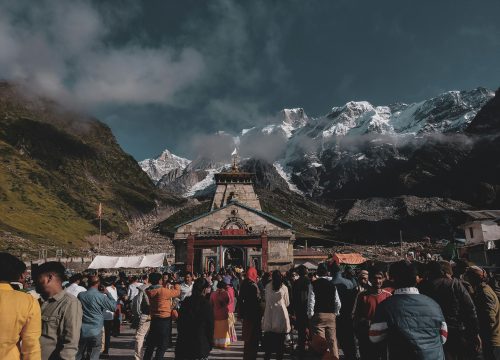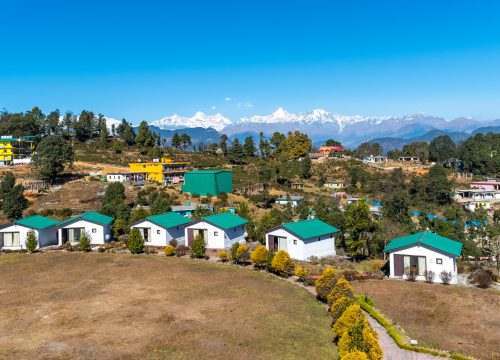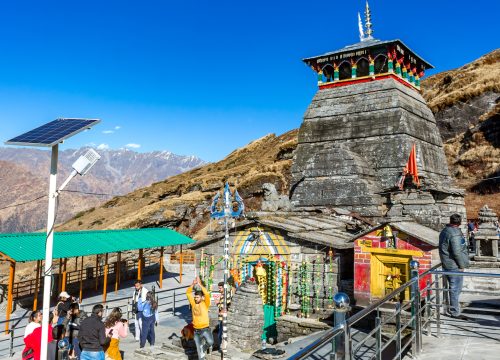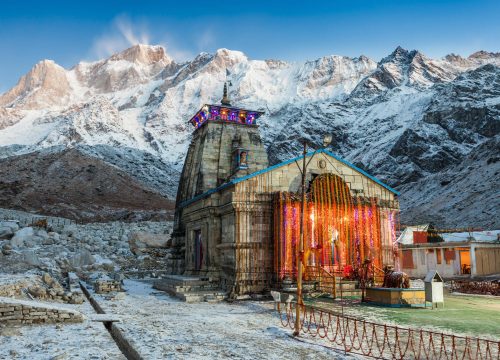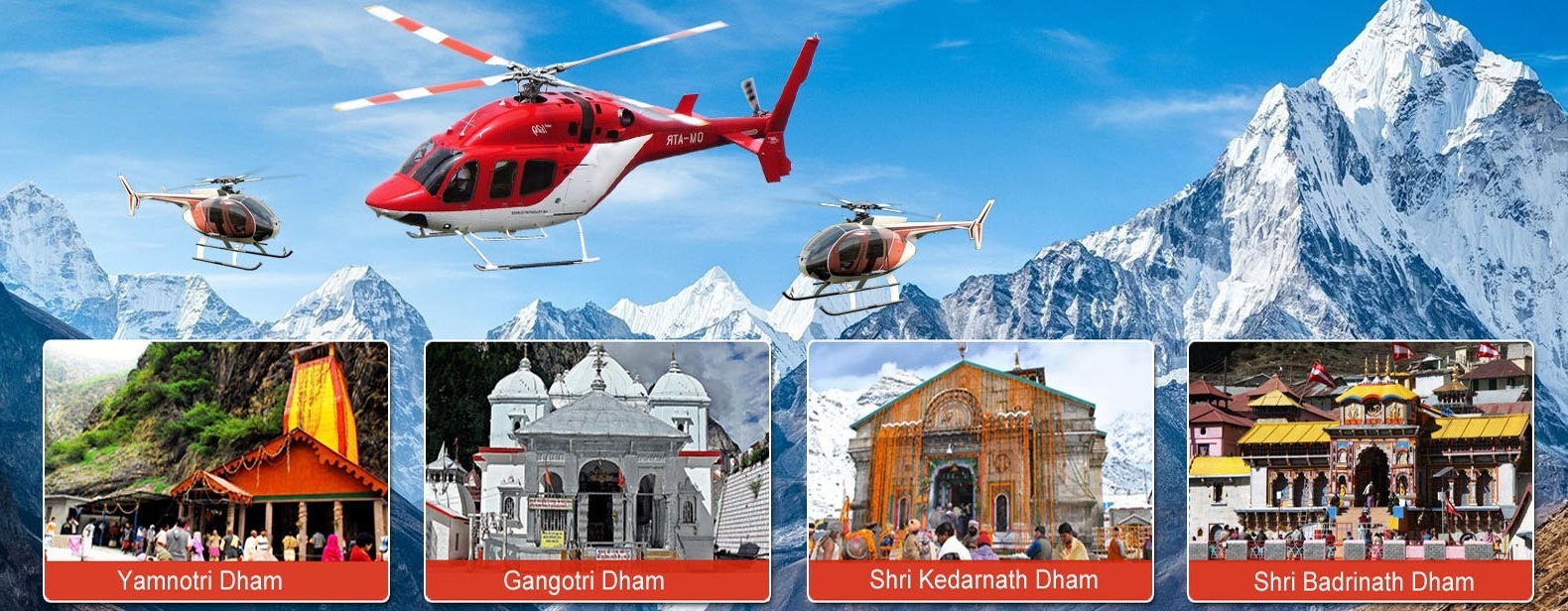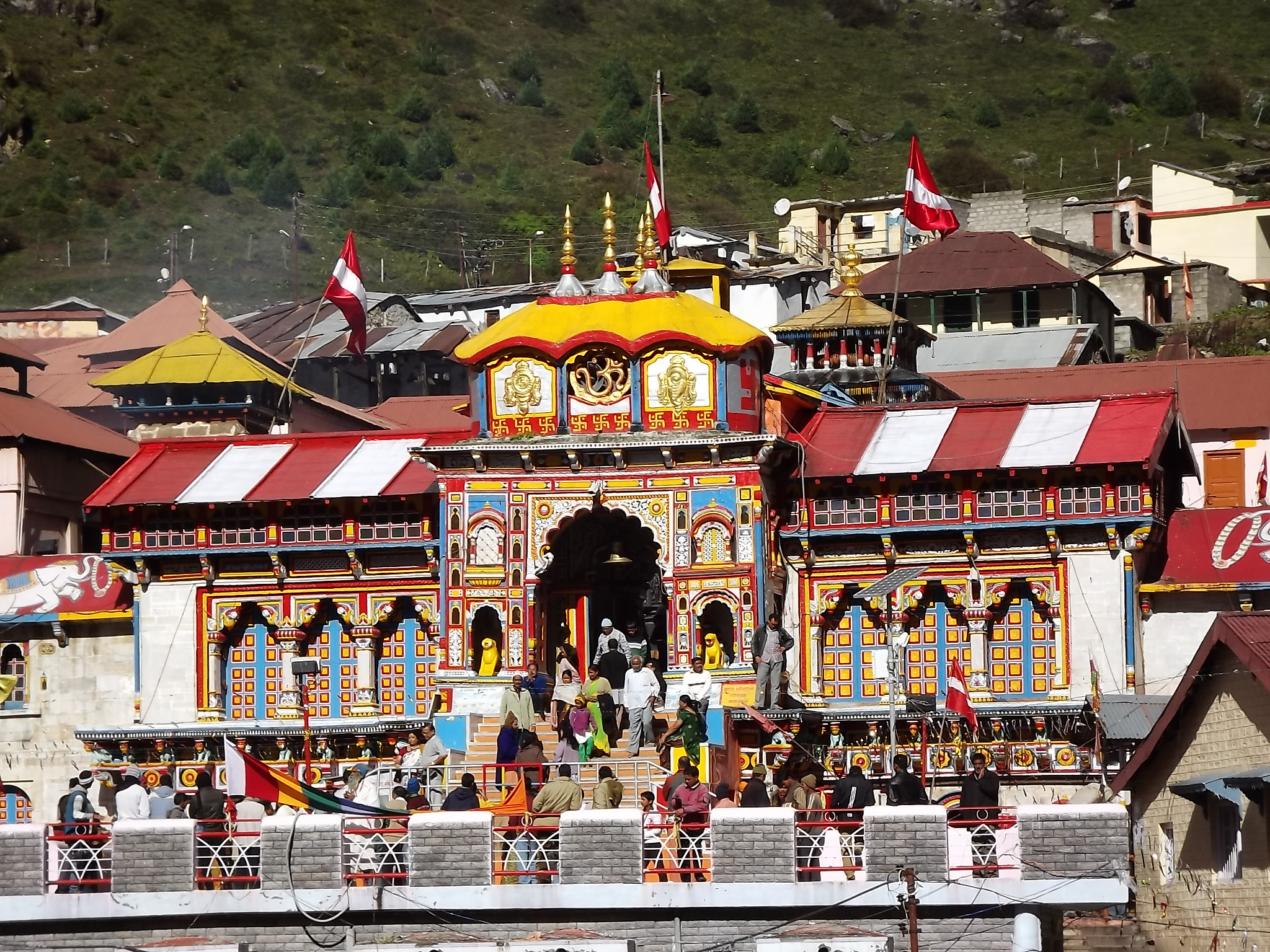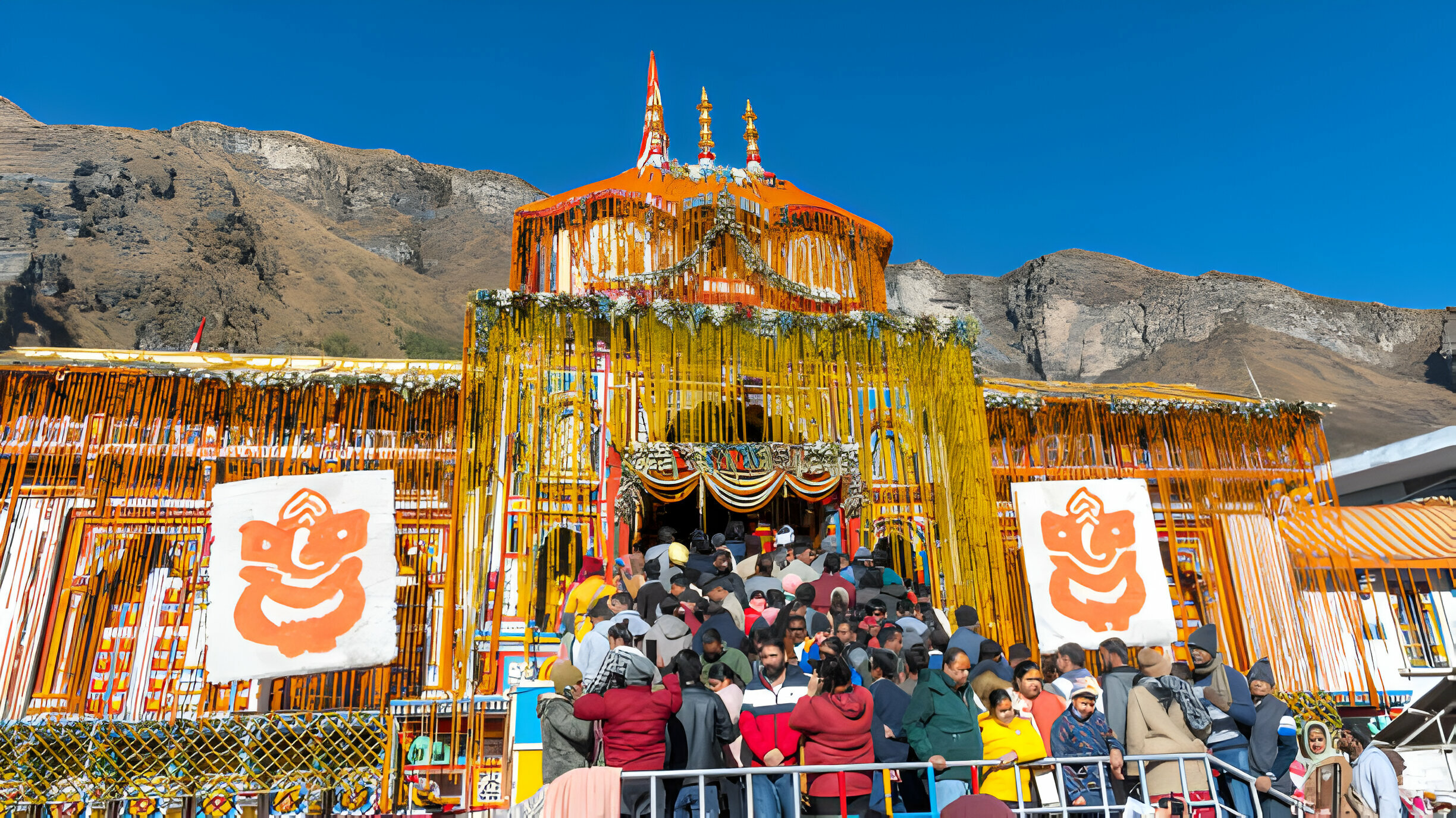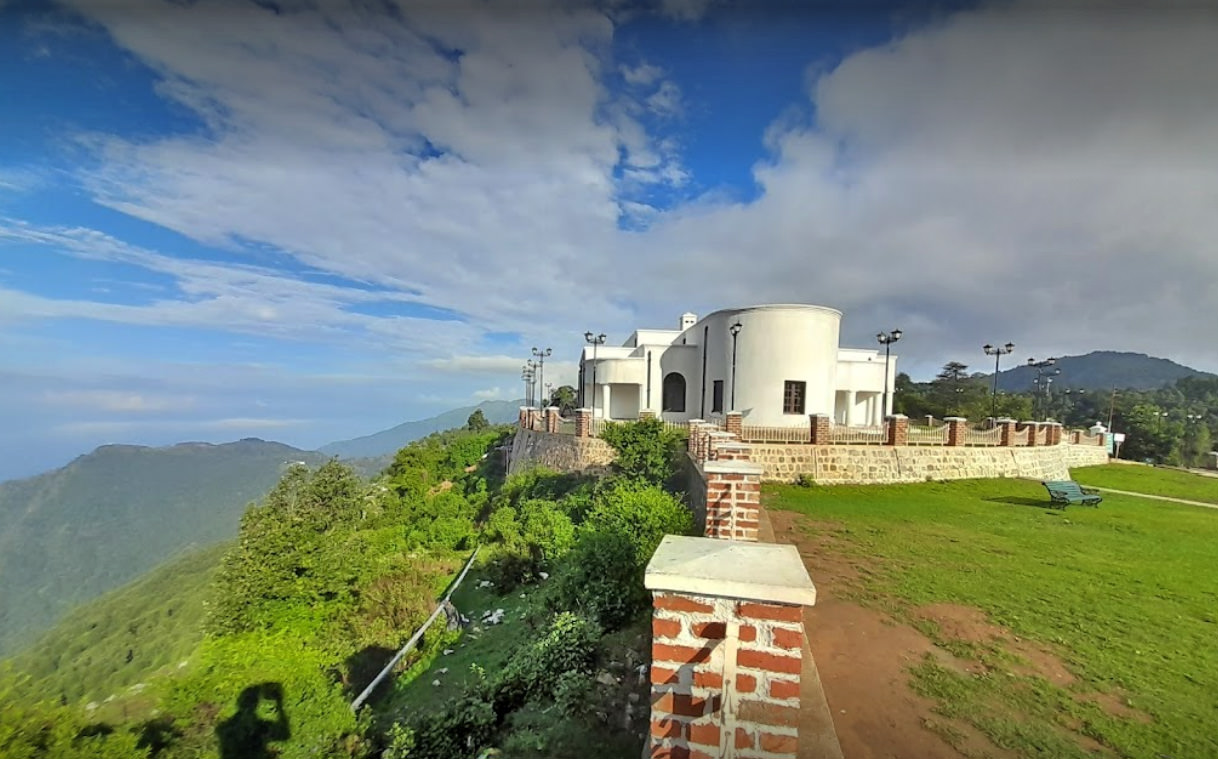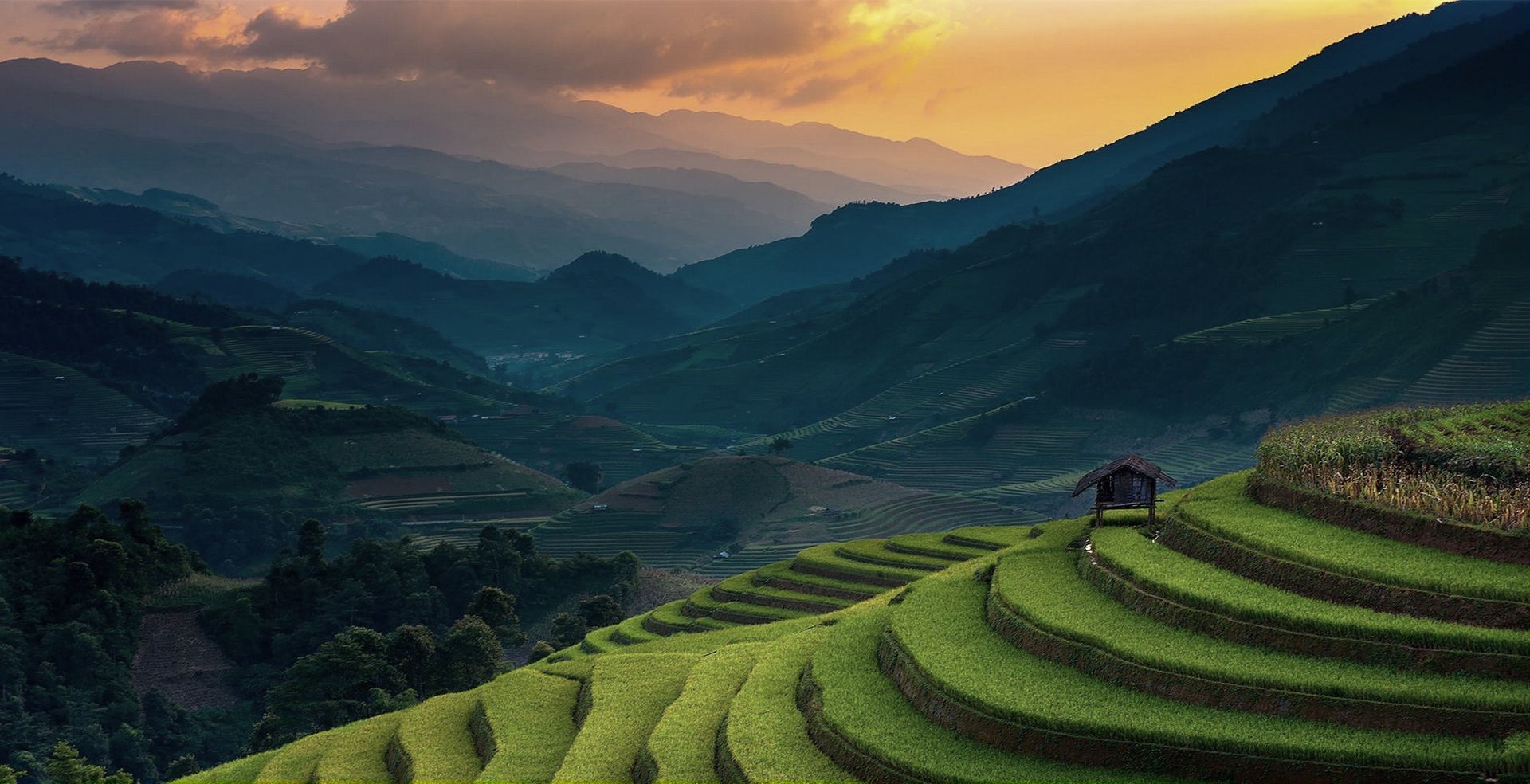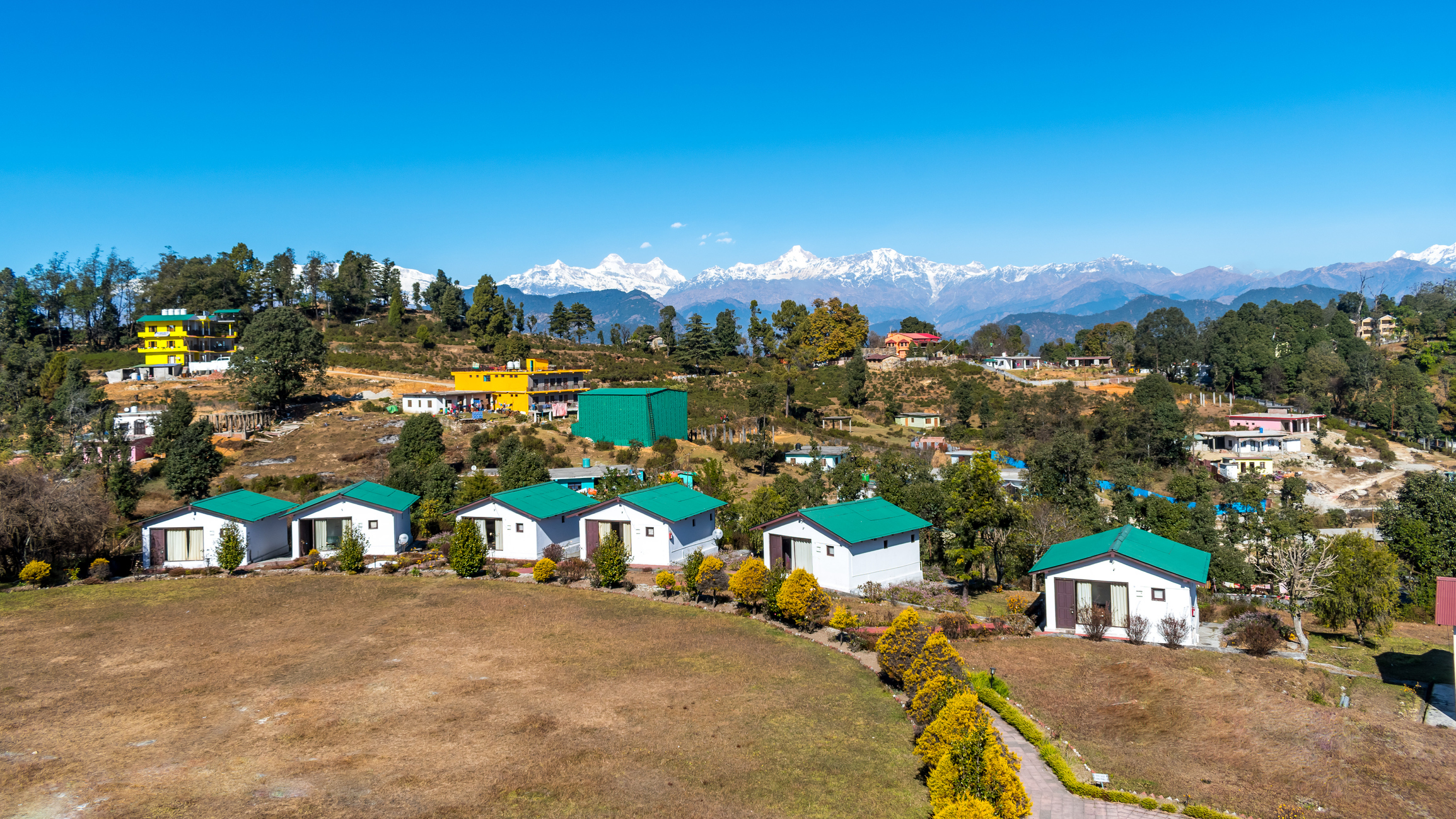Wildlife in Uttarakhand
- Home
- Wildlife in Uttarakhand
Wild Life Overview
WILDLIFE IN UTTARAKHAND
Watching animals in the cage at an anonymous zoo is an entirely different and unrealistic experience in comparison with that of a wildlife sanctuary or national park. Stop cheering yourself by looking at the helpless animals in a zoo and observe the real life struggle of animals in a wildlife sanctuary. Do you know Uttarakhand hosts India’s oldest National park?
There are 6 national parks and 4 wildlife sanctuaries in Uttarakhand where you can capture the indisputable expressions of various animals and birds. Wake up with chirping of birds in Uttarakhand rather than the maddening crowds of the city. If you are an avid nature lover, photographer, traveler, adventurer or wildlife lover then Uttarakhand is the place where you will meet all your needs.
Garhwal Himalayas has some famous national parks and sanctuaries. All of them have been bestowed by nature with its bounty.
Jim Corbett National Park
Located in the foothills of the Himalayas in close proximity to Ramnagar (Nainital) is the majestic Jim Corbett National Park. Home to a variety of flora and fauna, the park is famous for its wild population of Tigers, Leopards and Elephants. Corbett national park was established in 1936, as the Hailey National Park (named in the honor of Sir Malcolm Hailey, then governor of the United Provinces). After independence, the name was changed to Ramganga National Park in 1952 but was finally changed to Jim Corbett National Park in 1957, named after the legendary hunter, naturalist-turned-author and photographer who had helped in setting up the park and demarcating its boundaries. India’s first national park and the first sanctuary to come under Project Tiger, Corbett supports a variety of vegetation making it the ideal habitat for the Tiger and its prey. With the help of the World Wildlife Fund, Project Tiger was launched in Corbett National Park in 1973 and this park was one of the first such tiger reserves in the country.
Valley of Flowers
The world famous Valley of Flowers is situated in the upper expan- sions of Bhyundar Ganga in the far int- erior of Garhwal Himalayas. The valley is spread over an area of 87.5 Sq. Kms. And is 3,250 mt to 6,750 mt. Above the mean sea level. The rich references of this colourful and eye-catching Valley, are found in the animals of Indian History and literature like that of Ramayana and Mahabharat. The rich references of this colourful and eye-catching Valley, are found in the animals of Indian History and literature.
Rajaji National Park
Lying in a 820 sq km swathe across the Shivaliks, at the foot of the Himalayas, the Rajaji National Park spreads across three districts of Uttarakhand – Haridwar, Dehradun and Pauri Garhwal. In 1983, the three wildlife sanctuaries of Rajaji, Motichur and Chilla were amalgamated into a single contiguous park consisting of several distinct vegetation zones. These include broadleaved deciduous forests, riverine vegetation, grasslands, and pine forests in the upper reaches.
Kedarnath Sanctuary
Kedarnath Sanctuary, established in the year 1972. Garhwal Himalayas offer a breathtakingly spectacular view of snow-clad mountains, valleys and forests. The Garhwal Himalayas also house the Char Dhams, namely, Yamunotri, Gangotri, Kedarnath and Badrinath. In the wilderness of this sanctuary animals like snow leopard, snow cock, tahr, musk deer, leopard and sparrow can be seen along with many species of birds To study the details of the musk deer, a project funded by WWF was undertaken between 1978-1980.
Govind Wildlife Sanctuary
The Govind Wildlife Sanctuary is located between 35*55 and 31*17 30 latitude and 77*47 30 and 78*37 30 longitudes at Purola tehsil, Uttarkashi district of Garhwal in the state of Uttarakhand. It was established on 1st of March 1955. It is spread over an area of 957.969 sq km. The sanctuary forms the upper catchments of the Tons River in the upper reaches of its area. Thus the area has a significant value as a major watershed for river Yamuna.
Binsar wildlife sanctuary
Binsar is a comparatively small wildlife sanctuary, covering only an area of 47.04 sq. kms. A small protected area, Binsar was designated as a wildlife sanctuary in 1988, following a long local movement for its establishment. Today, Binsar supports a wide variety of floral species, faunal species as well as avi-fauna including some of the unique species found in the Himalayan range.
Assan Barrage Bird Sanctuary
The Asan Barrage, popularly known as Dhalipur lake, was created in the year 1967 as a result of the construction of Asan barrage at the confluence of the river Yamuna & Asan through Dhalipur power house. Asan Barrage is famous for bird watching.
Located just 40km from Dehradun, the Assan Barrage wetland has become popular as a bird sanctuary. Though not very large in size (just 4 sq km) the sheer abundance of birds that visit it, ensures that among both serious bird watchers and beginner enthusiasts frequently visit Assan Barrage.
Nanda Devi National Park
Nanda Devi National Park In the vicinity of Nanda Devi (7817 m), the second highest peak in India, is situated the Nanda Devi National Park, which has some of the most unique high altitude flora and fauna in the world. The spectacular views, sylvan environment, and richness of biosphere make it quite different from the other wildlife sanctuaries of India.
The park has been declared a World Heritage Site by UNESCO and In its vicinity are the Valley of Flowers, Badrinath Temple, and Hemkund Sahib. Though the park was notified only in 1982, it has a long history. W.W. Garden was the first person to reach this region in 1883, but his expedition to the Nanda Devi Peak failed to create any impact. In 1936, Tilman and N.E. Odell scaled the Nanda Devi and opened its vista for others to follow.
Askot Wildlife Sanctuary
Askot Wildlife Sanctuary is a majestic destination located in the middle of a snow covered peak in the Kumaon Himalayan at an elevation of 5412 feet in the Indian state of Uttarakhand. It is a majestic destination for nature enthusiasts.
The Sanctuary is rightly known as the green paradise of India. The wildlife sanctuary is located 54 km from Pithoragarh near Ascot in Uttarakhand. The sanctuary covers an area of 284 square kilometers. The Askot Wildlife Sanctuary was established in 1986 with the object of conserving the musk deer and its habitat. Though the musk deer are present in significant numbers in the sanctuary, they require further protection as they are an endangered species.
Best Time to Visit
- Winter (November to February): Great for spotting wildlife in lower altitudes.
- Summer (March to June): Ideal for trekking and exploring high-altitude parks.
- Monsoon (July to September): Visit the Valley of Flowers for a breathtaking experience.
More Information..
By Air
Nearest Airports:
- Jolly Grant Airport, Dehradun:
- Closest to Rajaji National Park and other western destinations.
- Well-connected to major cities like Delhi, Mumbai, and Bangalore.
- Pantnagar Airport, Kumaon Region:
- Nearest to Jim Corbett National Park and the Kumaon area.
- Limited flights, mostly from Delhi.
- Jolly Grant Airport, Dehradun:
By Train
Major Railway Stations:
- Haridwar Railway Station: Gateway for Rajaji National Park.
- Ramnagar Railway Station: Closest to Jim Corbett National Park.
- Dehradun Railway Station: Access point for various sanctuaries in Garhwal.
- Kathgodam Railway Station: For destinations in Kumaon, including Nainital and Binsar Wildlife Sanctuary.
Popular Trains:
- Shatabdi Express (Delhi–Dehradun): Fast and convenient.
- Ranikhet Express (Delhi–Kathgodam): Ideal for Kumaon travelers.
- Corbett Link Express (Delhi–Ramnagar): Direct train for Jim Corbett.
By Road
From Delhi:
- To Corbett: ~250 km (~6 hours via NH9).
- To Rajaji: ~200 km (~5 hours via NH34).
- To Dehradun: ~260 km (~6 hours via NH334).
- To Nainital/Binsar: ~300-400 km (~7–9 hours).
State and Private Buses:
- Uttarakhand Roadways: Reliable services connecting major towns.
- Luxury and Volvo buses are available from Delhi to Dehradun, Haridwar, Rishikesh, and Nainital.
Places to visit nearby..
Locate on Map..
Send an Enquiry!
Send Enquiry !
last minute deals
Kedarnath Yatra 2024
Tour Theme
Recent posts
Our Facebook page
Tour Packages
- Quality4.77
- Location4.7
- Amenities4.57
- Services4.8
- Price4.6
Chardham Yatra Ex Delhi ( 11N -12D)
Featured Tour Packages
- Quality4.77
- Location4.7
- Amenities4.57
- Services4.8
- Price4.6


